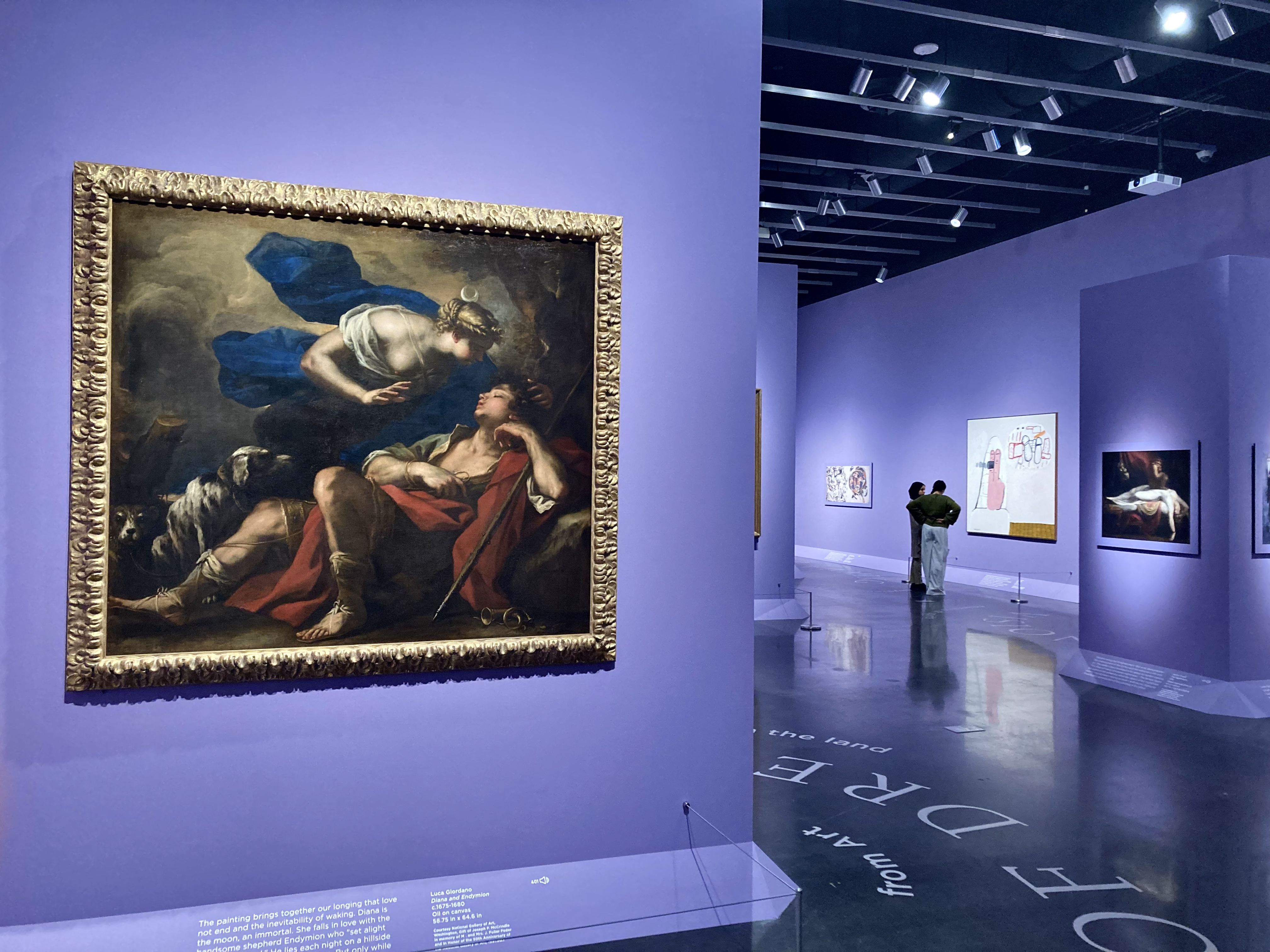“The Shape of Dreams” explores 500 years of art.
Courtesy of Lily Cannon | The Crow’s Nest
By Lily Cannon
The newest exhibition at the Dalí Museum is a purple-coated reverie: equal parts biblical and Freudian.
Opening last Saturday, “The Shape of Dreams” explores over 500 years of this human phenomenon with paintings on loan from the Washington D.C.’s National Gallery and the Detroit Institute of the Arts, among other nationally lauded museums.
The design of the exhibition room is artwork itself, with lavender walls arranged to give the audience a maze-like experience. Among the paintings are quotes from Sigmund Freud’s “Interpretation of Dreams,” a major influence from the curator, Dr. Hank Hine.
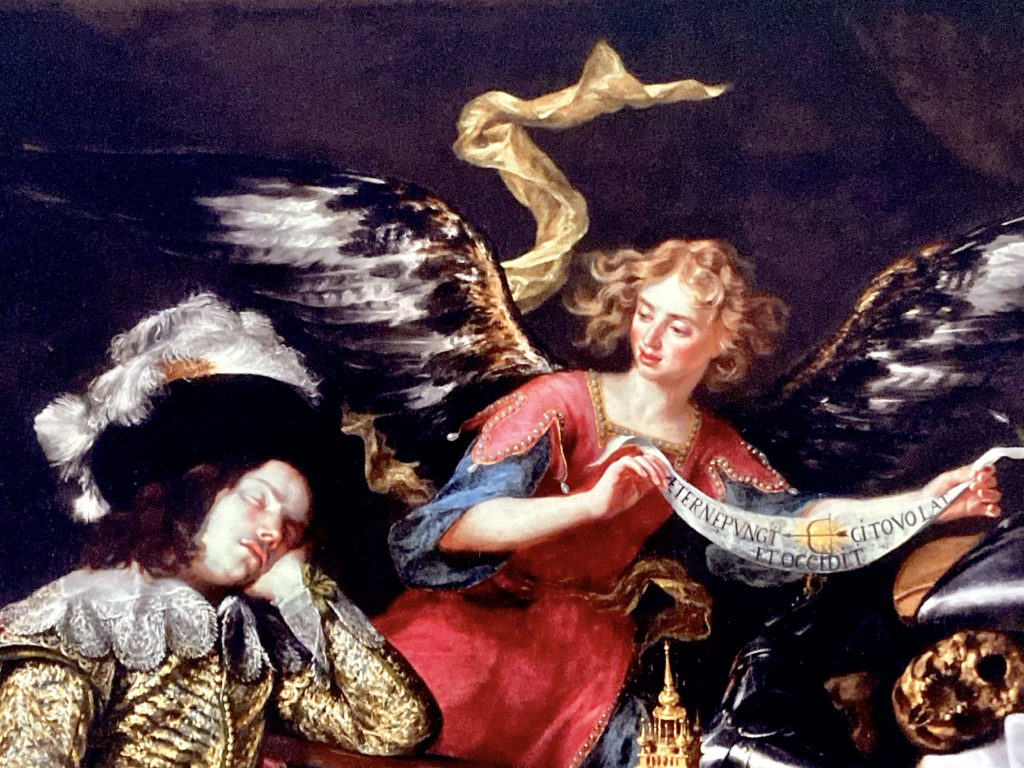
When you walk into the second-floor exhibition room, Luca Giordano’s “Diana and Endymion” is the first work you’ll see. This Baroque interpretation of the Grecian myth sets the theme for the rest of the collection, as a moon goddess and her hounds hover over the sleeping Endymion.
The dramatic lighting characteristic of this period adds to the ambiguity of the subject. Who is in control of the situation? The shepherd whose subconscious creates the physical embodiment of the moon, or the goddess Diana, who admires Endymion’s beauty while he’s asleep?
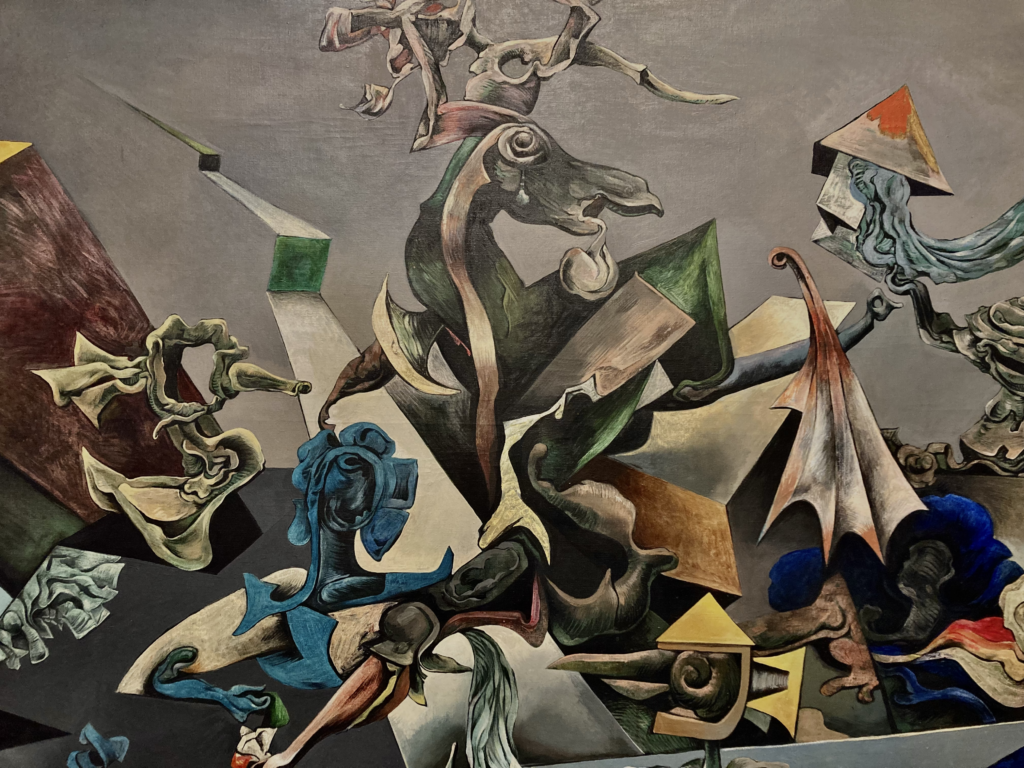
Domenico Feti’s depiction of Jacob’s Dream uses similar elements as Giordano, albeit in a biblical narrative. Instead of focusing on the ladder to heaven, the painter centers on the euphoria on Jacob’s face as he experiences the prophetic dream. The light hidden behind the clouds creates a beautiful atmospheric effect to complete the vivid realism.
The collection also delves into modern explorations of dreams that is more in line with Dalí’s stylistic evolution.
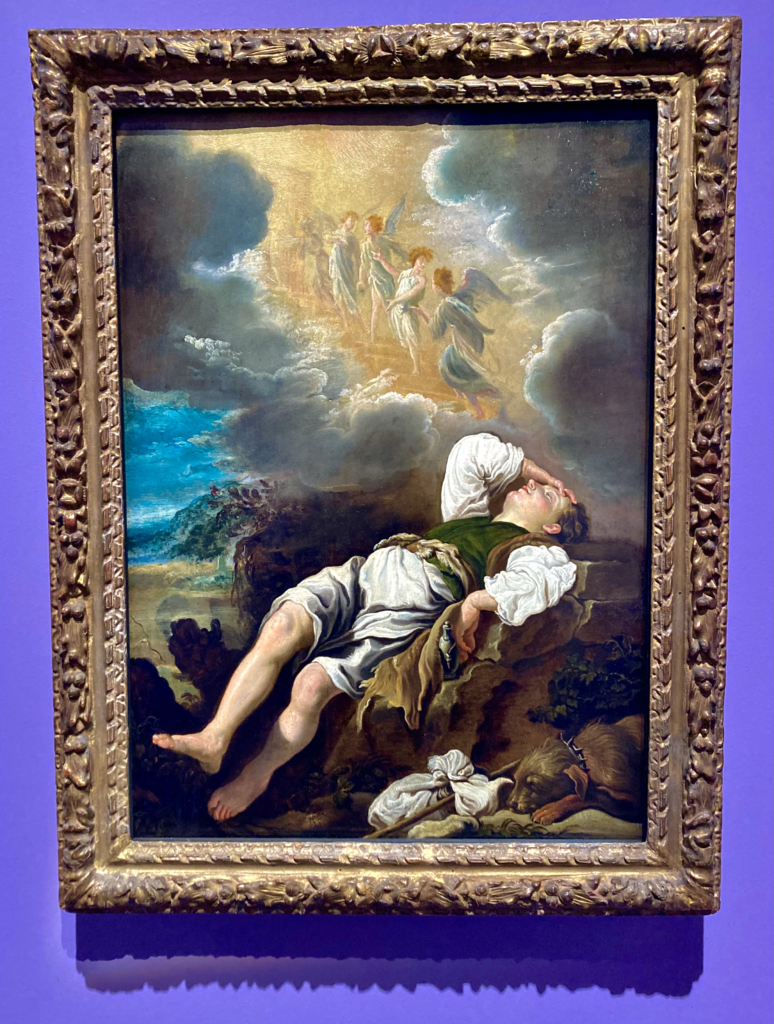
The star of the collection is undeniably Frida Kahlo’s “Cactus Fruits,” a painting that sets itself apart not only by its relatively small frame, but by its stark, vermillion shade that Kahlo uses to emphasize decaying flesh. The shade purposefully mimics blood as a symbolic ode to the painter’s own suffering.
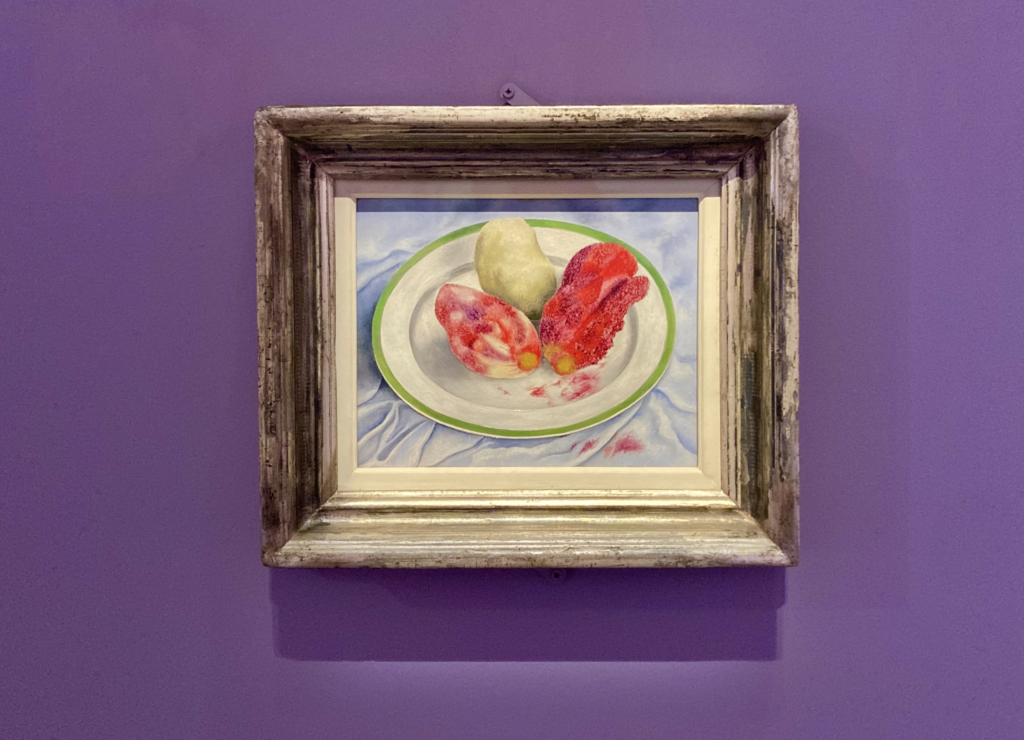
Compared to the wondrous abstractionism of Kurt Seligmann’s “Magic Mountain,” or the surreal moodiness of Dalí’s “Broken Bridge,” “Cactus Fruits” might escape your notice at first, but the painting’s effect is made all the more real by its simplicity.
“The Shape of Dreams” will stay in the museum until late April. Regular admission is $29, but students can gain free access with their student IDs.

